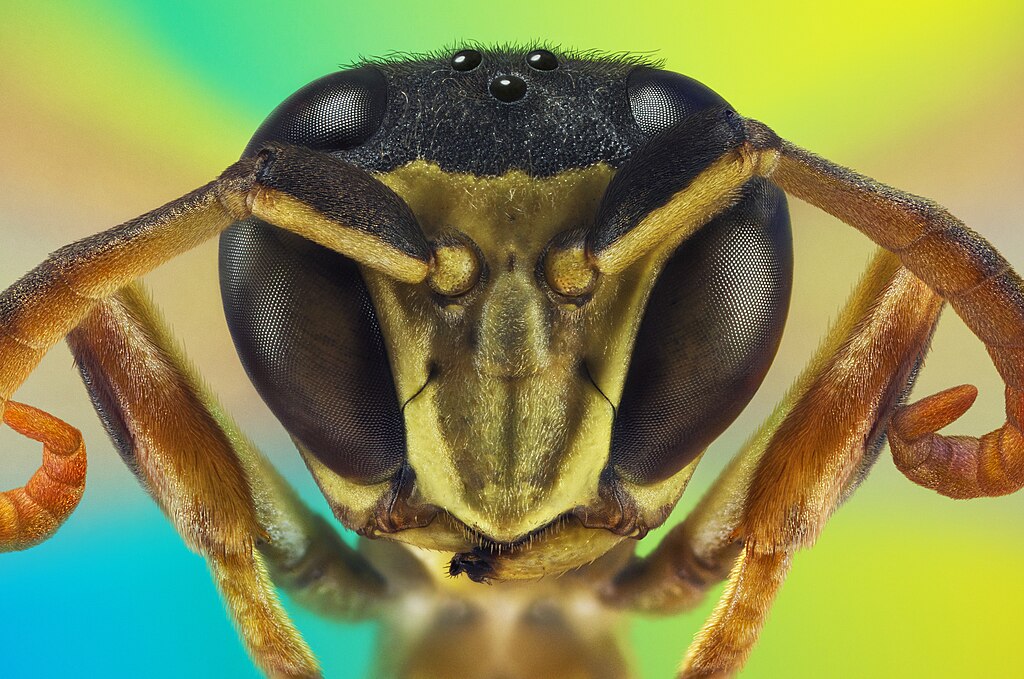Imagine standing in your garden when a wasp hovers near your face, seemingly studying you with an intensity that makes you wonder: does this tiny creature actually know who you are? The answer might surprise you more than you’d expect. Recent scientific discoveries have shattered our assumptions about insect intelligence, revealing that some wasps possess facial recognition abilities that rival those of primates and other highly intelligent mammals.
The Shocking Discovery That Changed Everything
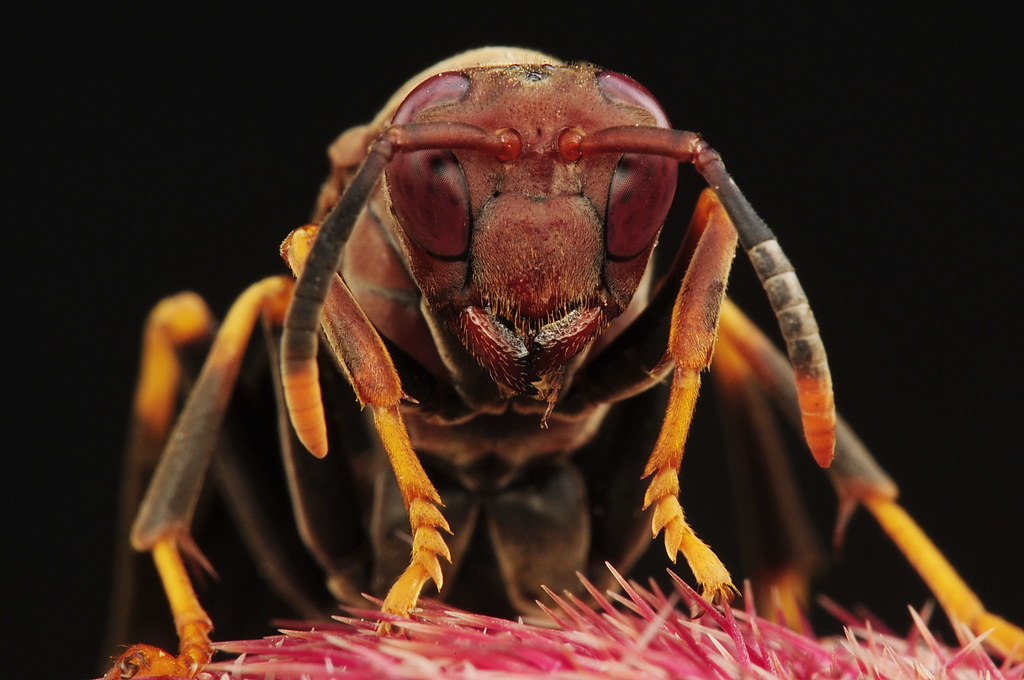
When researchers first suggested that paper wasps could recognize individual faces, the scientific community was skeptical. After all, these insects have brains smaller than a pinhead, containing only about 15,000 neurons compared to the 86 billion in human brains. Yet groundbreaking studies have proven that certain wasp species can distinguish between different faces with remarkable accuracy. The discovery began with observations of paper wasp colonies, where researchers noticed that individual wasps seemed to respond differently to various colony members. This led to controlled experiments that would forever change our understanding of insect cognition. Scientists found that these tiny creatures could learn to associate specific facial features with rewards or punishments, demonstrating a level of visual processing previously thought impossible for such small brains.
Meet the Face-Reading Champions

Polistes fuscatus, commonly known as the northern paper wasp, stands as the star performer in the facial recognition world. These remarkable insects have evolved sophisticated visual processing abilities that allow them to navigate complex social hierarchies within their colonies. Unlike many other wasp species that rely primarily on chemical signals, paper wasps have developed an impressive visual vocabulary. The golden paper wasp (Polistes aurifer) represents another species with documented facial recognition abilities, though research on this species remains more limited. What makes these wasps particularly fascinating is that they’ve independently evolved this ability, suggesting that facial recognition provides significant evolutionary advantages in their social world.
The Neuroscience Behind Tiny Brains
How does a brain the size of a sesame seed accomplish what we once thought required massive neural networks? The secret lies in specialized neural circuits that have evolved specifically for face processing. These wasps dedicate a disproportionate amount of their limited brain power to visual recognition tasks, creating highly efficient processing systems. Research has identified specific regions in wasp brains that become active during face recognition tasks, similar to the fusiform face area in human brains. This convergent evolution demonstrates that the ability to recognize faces is so valuable that entirely different lineages have independently developed similar neural solutions. The efficiency of these tiny neural networks offers insights that could revolutionize artificial intelligence and computer vision systems.
Social Hierarchies and Recognition Systems
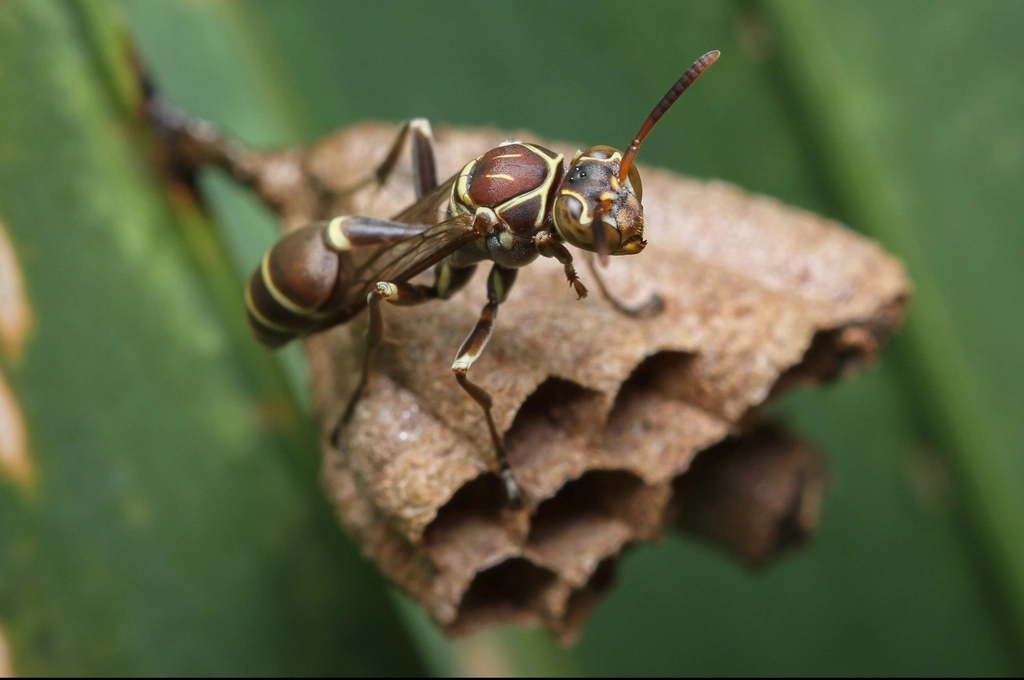
Paper wasp societies operate on strict dominance hierarchies where knowing your place can mean the difference between life and death. Queens, workers, and subordinates all have distinct roles, and maintaining these social structures requires constant recognition of individual identity. Face recognition serves as a crucial tool for navigating these complex relationships. When wasps encounter each other, they must quickly assess whether they’re facing a dominant individual who could attack them or a subordinate they can safely approach. This split-second decision-making process relies heavily on facial recognition, allowing wasps to avoid potentially fatal confrontations while maintaining social order within the colony.
The Evolution of Visual Intelligence
The development of facial recognition in wasps represents a fascinating example of convergent evolution, where unrelated species develop similar traits in response to comparable environmental pressures. This ability likely evolved as colonies became larger and more complex, requiring more sophisticated methods of individual identification. Genetic studies suggest that the neural pathways responsible for face recognition in wasps share surprising similarities with those found in vertebrates, despite the vast evolutionary distance between these groups. This convergence hints at fundamental principles of neural organization that transcend species boundaries, suggesting that certain cognitive solutions are so effective they arise repeatedly in nature.
Laboratory Experiments That Amazed Scientists
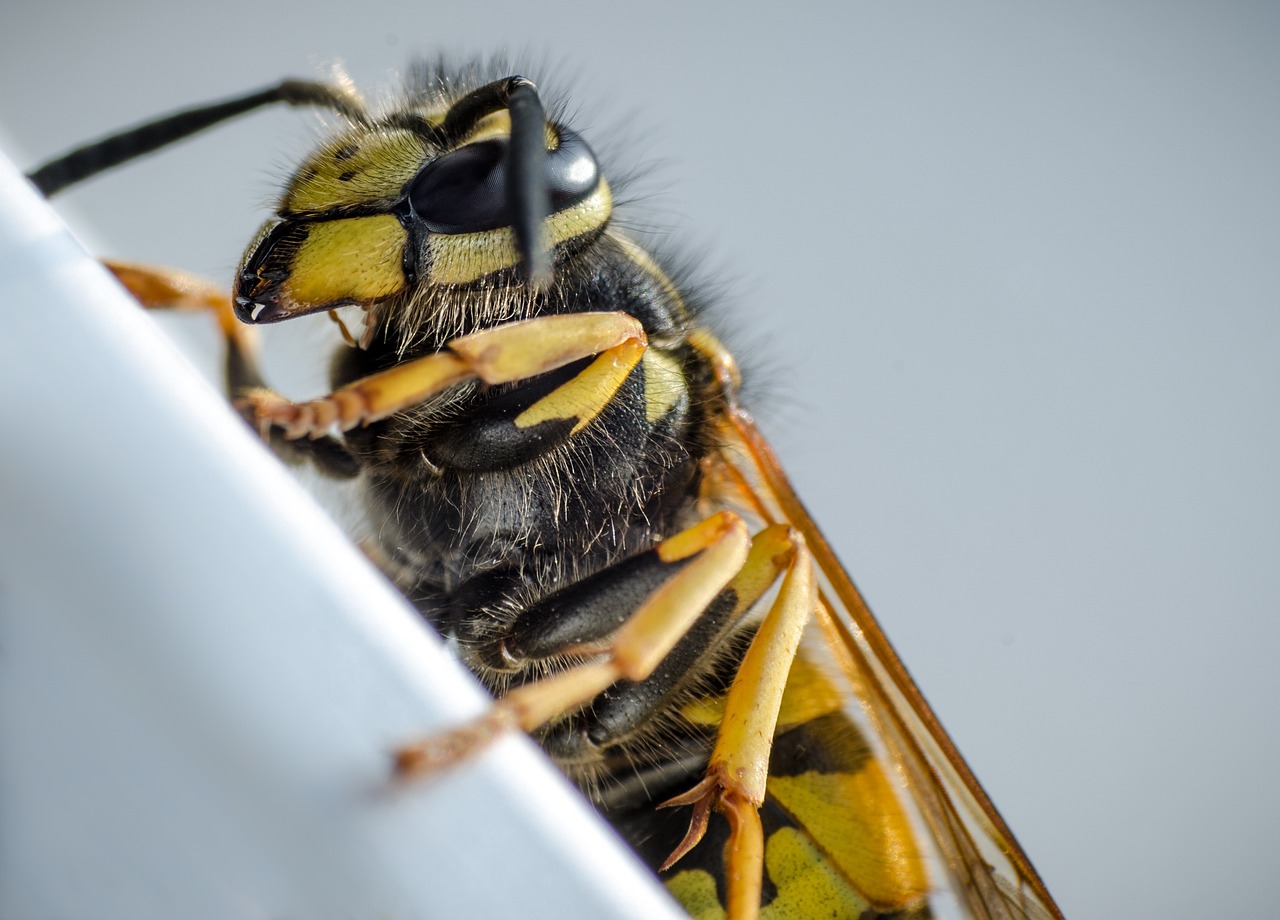
Controlled laboratory studies have revealed the true extent of wasp facial recognition abilities through ingenious experimental designs. Researchers trained wasps to associate specific human or wasp faces with food rewards, then tested their ability to distinguish these faces from similar but different ones. The results consistently showed that wasps could learn these associations and remember them for extended periods. One particularly striking experiment involved presenting wasps with photographs of faces that had been digitally altered in various ways. The wasps could still recognize familiar faces even when features like color or contrast were changed, but they struggled when the spatial relationships between facial features were altered. This suggests that, like humans, wasps rely on the geometric arrangement of facial features for recognition.
Memory Formation and Retention
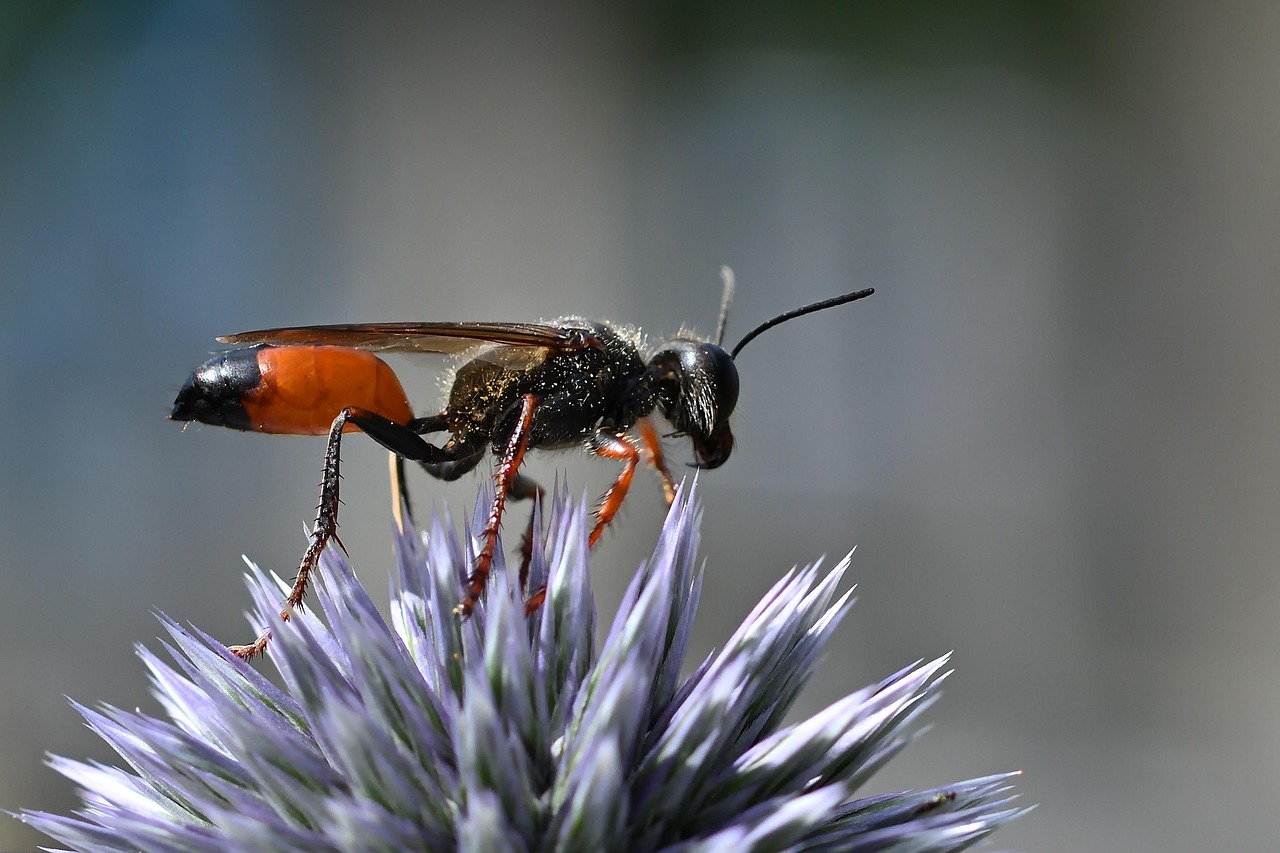
The memory capabilities of face-recognizing wasps extend far beyond simple short-term recognition. These insects can retain facial memories for weeks or even months, a remarkable feat for creatures with such brief lifespans. The formation of these memories involves complex molecular processes that mirror those found in much larger-brained animals. Studies have shown that wasp facial memories become stronger with repetition and can be influenced by the emotional context in which they’re formed. A wasp that encounters a particular face during a positive experience, such as finding food, will form a stronger and more lasting memory than one formed during a neutral encounter.
Chemical vs Visual Recognition Systems
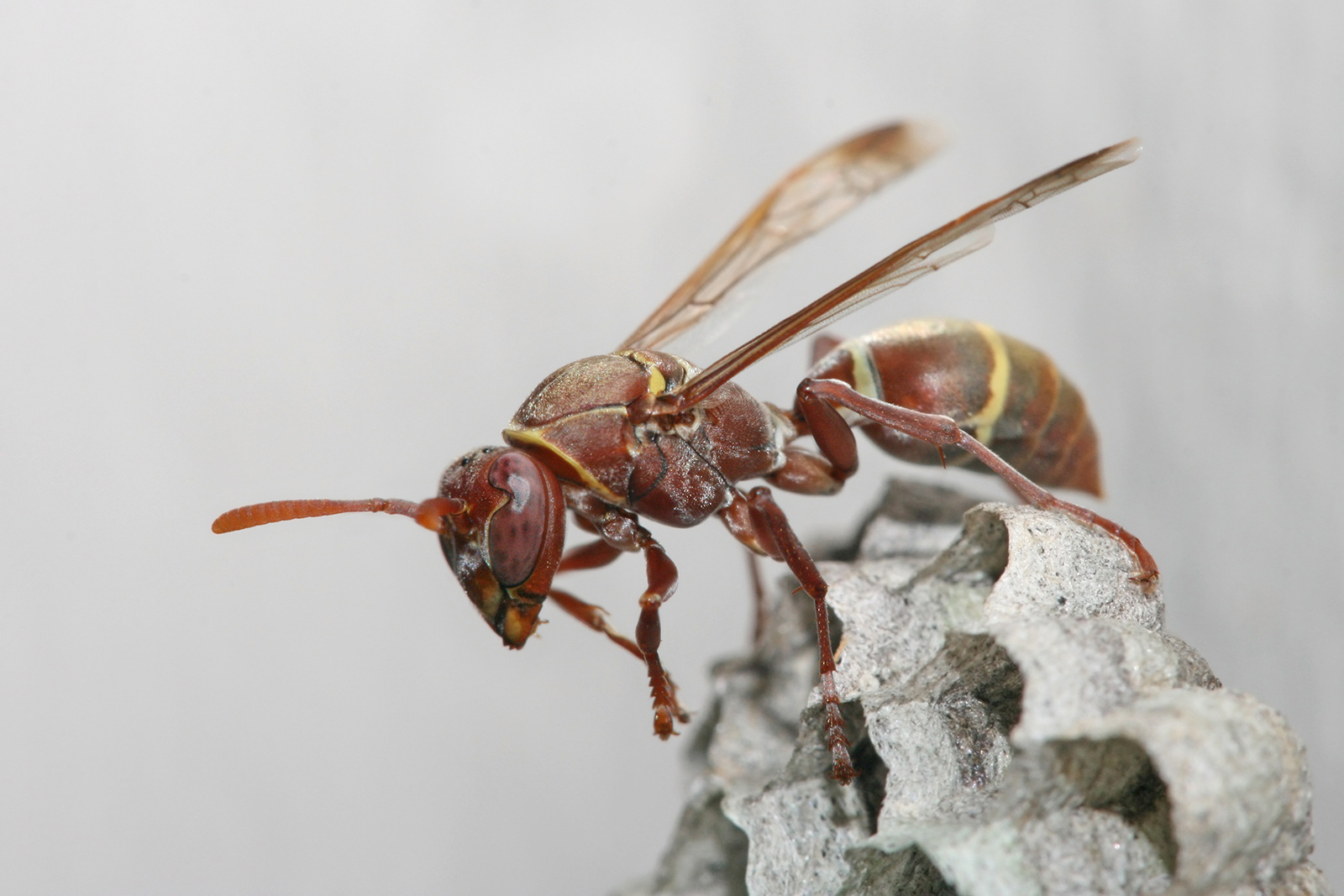
While many insects rely primarily on chemical signals for recognition, face-recognizing wasps have developed a dual-system approach that combines both visual and chemical cues. This redundancy provides a more robust identification system, similar to how humans use both visual appearance and voice recognition to identify familiar people. The chemical recognition system in wasps involves detecting unique hydrocarbon signatures on the cuticle of other individuals. However, the visual system often takes precedence in good lighting conditions, while chemical cues become more important in darkness or when visual information is limited. This flexibility allows wasps to maintain social recognition across various environmental conditions.
Implications for Understanding Animal Consciousness
The discovery of facial recognition in wasps has profound implications for our understanding of animal consciousness and cognitive abilities. If creatures with such simple nervous systems can perform complex visual recognition tasks, it suggests that consciousness and intelligence might be more widespread in the animal kingdom than previously thought. These findings challenge the traditional view that advanced cognitive abilities require large, complex brains. Instead, they suggest that evolutionary pressure can lead to highly specialized and efficient neural solutions that accomplish sophisticated tasks with minimal neural hardware. This has sparked debates about the nature of consciousness and whether these wasps experience subjective awareness during recognition tasks.
Comparative Studies Across Insect Species
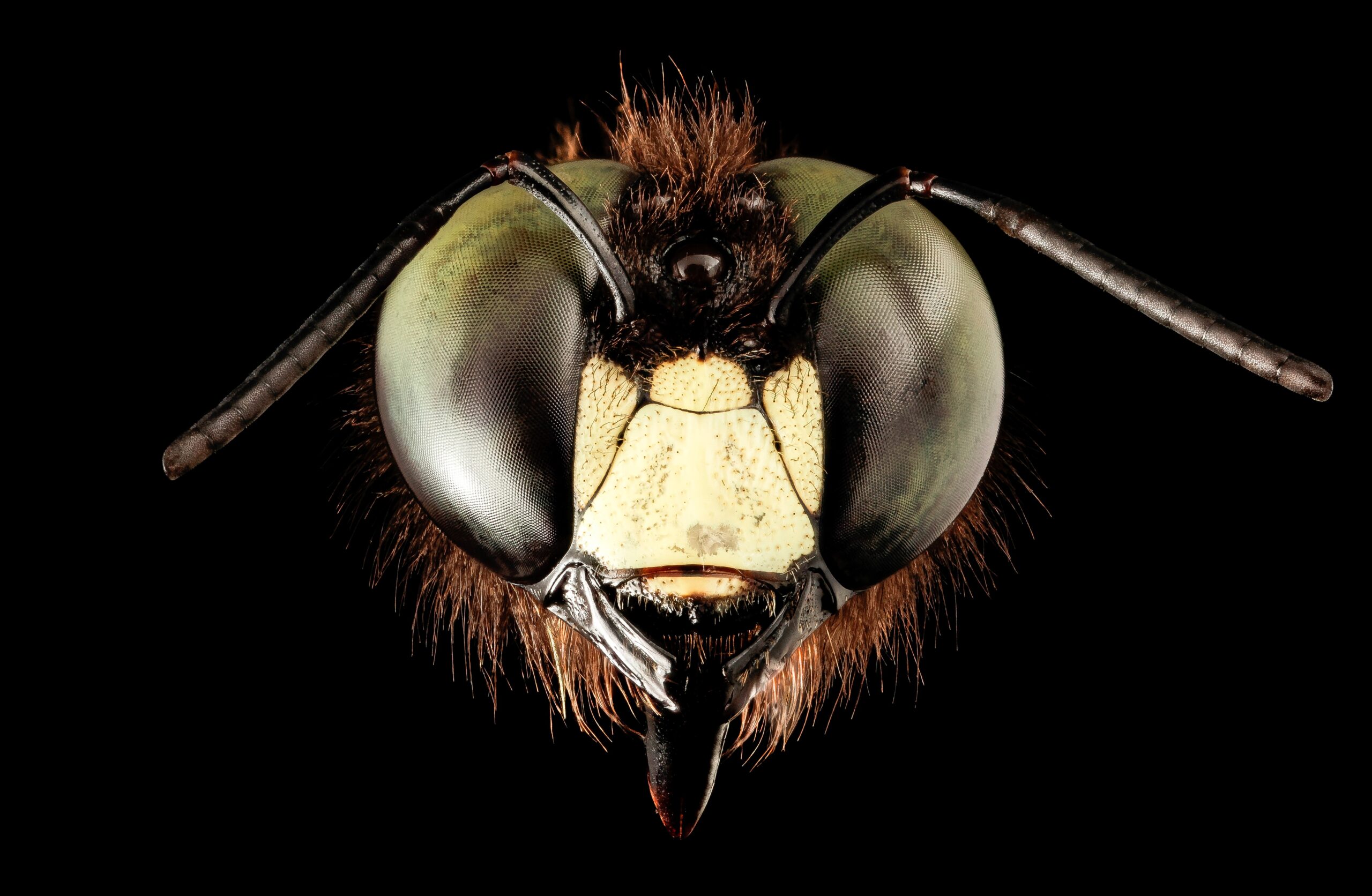
Researchers have begun investigating whether facial recognition abilities exist in other insect species, with mixed but intriguing results. While most solitary bee and wasp species show no evidence of individual recognition, some social species demonstrate varying degrees of visual identification abilities. Honeybees, despite their advanced social structure, appear to rely more heavily on chemical recognition than facial features. However, recent studies suggest they can learn to recognize human faces in laboratory settings, though this ability may not play a role in their natural behavior. These comparative studies help scientists understand the specific evolutionary pressures that led to the development of facial recognition in paper wasps.
Environmental Factors Affecting Recognition
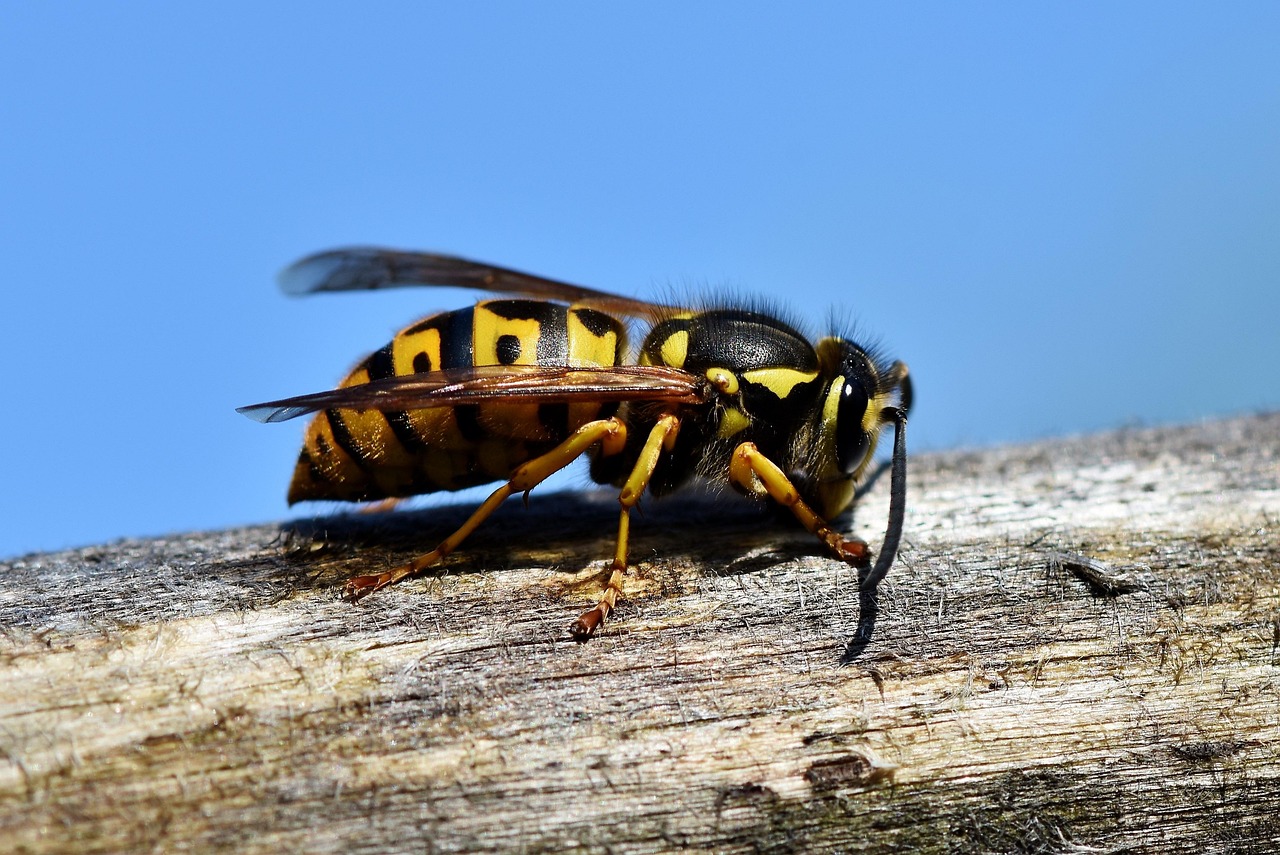
The effectiveness of wasp facial recognition varies significantly depending on environmental conditions. Lighting plays a crucial role, with wasps showing reduced recognition accuracy in dim conditions or when shadows obscure facial features. Weather conditions, particularly wind and rain, can also impact their ability to process visual information effectively. Seasonal changes affect recognition abilities as well, with wasps showing peak performance during the active summer months when social interactions are most frequent. As colonies prepare for winter dormancy, the importance of individual recognition decreases, and wasps may rely more heavily on general behavioral cues rather than specific facial identification.
Applications in Technology and AI
The efficient facial recognition systems of wasps have inspired computer scientists and engineers to develop new approaches to artificial intelligence and machine learning. The wasp brain’s ability to process complex visual information with minimal computational resources offers a model for creating more efficient AI systems. Researchers are developing bio-inspired algorithms that mimic the neural processing strategies used by wasps, potentially leading to facial recognition systems that require less power and computing resources than current technology. These applications could be particularly valuable for mobile devices, security systems, and autonomous robots operating in resource-constrained environments.
Conservation and Ecological Significance
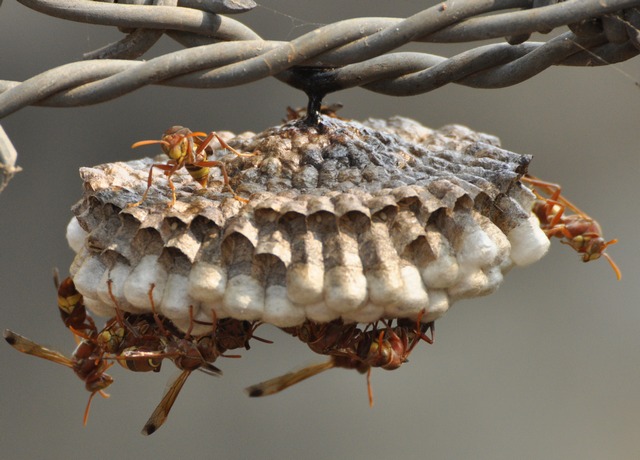
Understanding wasp facial recognition abilities has important implications for conservation efforts and ecosystem management. As we learn more about the complex social behaviors of these insects, we gain a greater appreciation for their ecological roles and the need to protect their habitats. The sophisticated social systems of paper wasps, supported by their recognition abilities, make them important contributors to ecosystem stability and biodiversity. These insights help conservationists develop more effective strategies for protecting not just individual species, but the complex social networks that support healthy ecosystems.
Future Research Directions
The field of wasp cognition research continues to evolve rapidly, with new discoveries challenging our understanding of insect intelligence. Future studies will likely explore the genetic basis of facial recognition abilities, investigate how these skills develop over an individual wasp’s lifetime, and examine the role of facial recognition in other aspects of wasp behavior. Scientists are also interested in understanding how climate change and habitat destruction might affect the social recognition systems of wasps. As environmental pressures increase, these cognitive abilities could become even more crucial for colony survival, making their study increasingly relevant for conservation biology.
The Broader Picture of Insect Intelligence

The discovery of facial recognition in wasps represents just one piece of a much larger puzzle about insect intelligence and cognitive abilities. These findings, combined with research on bee navigation, ant problem-solving, and butterfly migration, paint a picture of the insect world that’s far more cognitively rich than we ever imagined. As we continue to explore the hidden depths of insect minds, we’re forced to reconsider fundamental questions about intelligence, consciousness, and the nature of cognition itself. The next time you encounter a wasp, remember that this tiny creature might be studying your face with the same attention to detail that you use to recognize your friends and family. What other cognitive surprises might be waiting in the miniature minds all around us?

